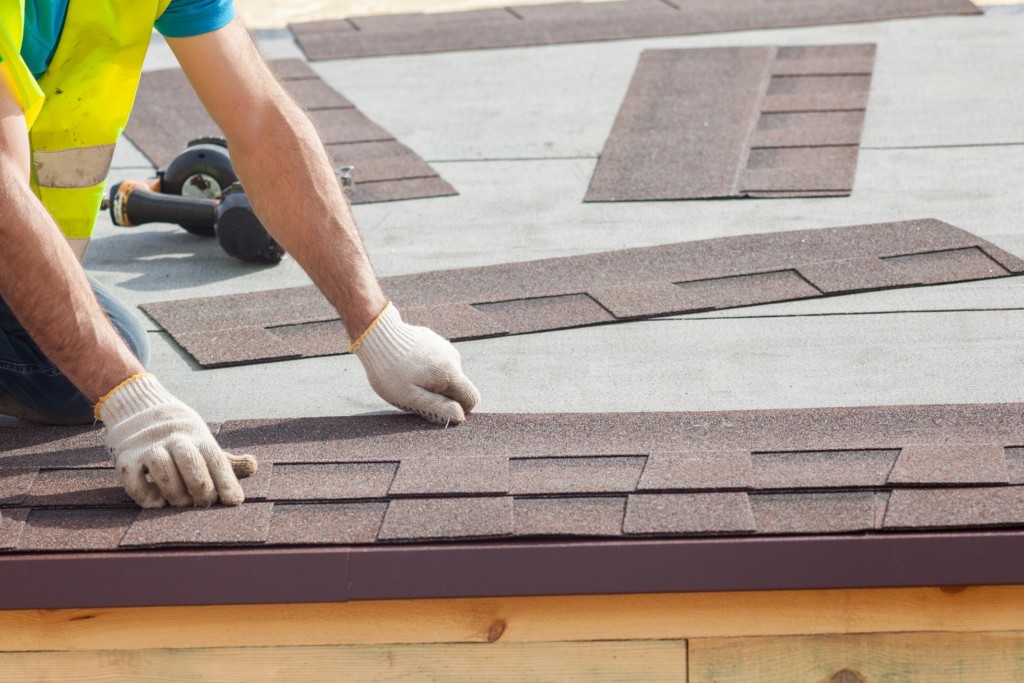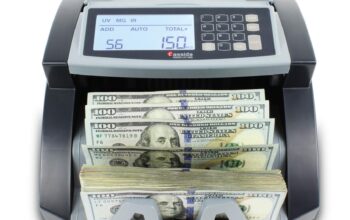While commercial roofing systems and residential roofs share the same primary function of protecting your residence or perhaps property from the elements, that is the place that the similarities end. The most significant difference between commercial roofing systems and residential roofing is actually the slope of the roof driven by the dimensions of the building. Because residences are actually smaller, they usually have a steep slope roof that is actually noticeable from the ground and uses slate, asphalt shingles, and architectural tiles. Given the bigger commercial buildings, commercial roofs tend to have level or perhaps only slightly sloped roofs that are not apparent from the ground. Commercial roofs are available in a broad range of materials based on the structure of other factors and the building like climatic conditions, e.g., intense heat, severe cold, or perhaps if a surface must withstand high foot traffic.
Click here to Mississauga commercial roofing.
COMMERCIAL ROOFING MATERIALS AND MODERN TECHNOLOGY
Commercial roofing contractors keep abreast of the advancements in commercial roofing technology and are actually proficient in probably the best roofing solution based on the project’s requirements. In recent years, new commercial roofing products have been introduced that provide high resistance to temperature extremes and optimize environmental efficiency, reducing stormwater runoff and heating and cooling expenses.
CHOOSING A COMMERCIAL ROOFING SYSTEM
You will find factors to consider when selecting the commercial roofing system you will need for the business. You have to take into account the facility type you’re working with and its seats; various types of businesses require specific planning. Becoming acquainted with the kinds of commercial roofing systems which are actually available will help in your decision-making process.
SHAPE OF COMMERCIAL ROOFS
With commercial roofing systems, addressing the slope of the top is essential. Roofs are actually classified as Low Slope Roofs (or Flat Roofs) and Steep Slope Roofs.
Low Slope Roofs: These roofing systems are actually common among warehouses, big box stores, and shopping centers. With this roofing system, you can find several choices for flat roofs, including TPO, PVC, and EPDM…
Steep Slope Roofs: These roofing systems are more commonly seen for multi-family and single homes than they’re on commercial properties. With this roofing system, popular roof materials include metal, shingles, tile, or slate.
TYPES OF COMMERCIAL ROOFING SYSTEMS
When you’ve identified the roof’s slope, you’re prepared to select the type of roofing system that best meets the requirements of the company of yours. Below are probably the most common commercial roofing systems.
Single Ply Roofing
These roof systems use EPDM., PVC, and TPO They’re extremely flexible, robust, materials preferred by many building owners since it resists other, cracking, and peeling types of weathering. The main characteristic of theirs is they’re made to be installed in a single layer. You will find 2 primary categories within the single ply roofing industry – thermoplastic membranes and thermoset membranes.
TPO (Thermoplastic Polyolefin) This content is most often used on low slope roofs in North America and includes reinforced roof sheets that feature heat-welded seams and are highly reflective. TPO is actually a single-ply membrane, typically composed of polypropylene and ethylene-propylene rubber that has been polymerized together. TPO is actually part of the thermoplastic membrane category and comes in an assortment of colors, though the most popular is actually tan, grey, and white. The membrane can be installed using several different methods, including mechanically attached, adhered, or perhaps ballasted.
PVC (Polyvinyl Chloride)
PVC roofing material is actually composed of 2 layers of PVC with a polyester reinforcement scrim in between. The top ply contains additives that make the membrane UV resistant. The bottom ply is typically darker and contains plasticizers for flexibility which helps make installation easier. Various other advantages of a PVC membrane are actually longevity, durability, and fire resistance. PVC is also weldable, which means it may be welded to an adjoining sheet making it watertight. PVC sheets can be made to resemble a standing seam roof system by welding a pre-manufactured rib to the surface, which creates a visually appealing aesthetic for a significantly lower price point. PVC membranes are also recyclable and can be reused in new sheets.
EPDM Roofing (Ethylene Propylene Diene Monomer) What’s EPDM roofing? The letters stand for “ethylene propylene diene monomer,” a tough-to-pronounce chemical compound that is actually known for its toughness and elasticity. EPDM roofing employs a material with an excellent ability to resist the constant bombardment of ultraviolet light and most of the sun’s damaging rays. One of the more famous commercial roofing materials currently used, EPDM rubber roofing, is doubly desirable since it includes the low cost with resilient strength. An EPDM roofing membrane is actually a kind of synthetic rubber composed of natural gas and oil. EPDM roofing material is actually used in low slope commercial buildings around the globe.
Click here to contact the best commercial roofing Burlington




